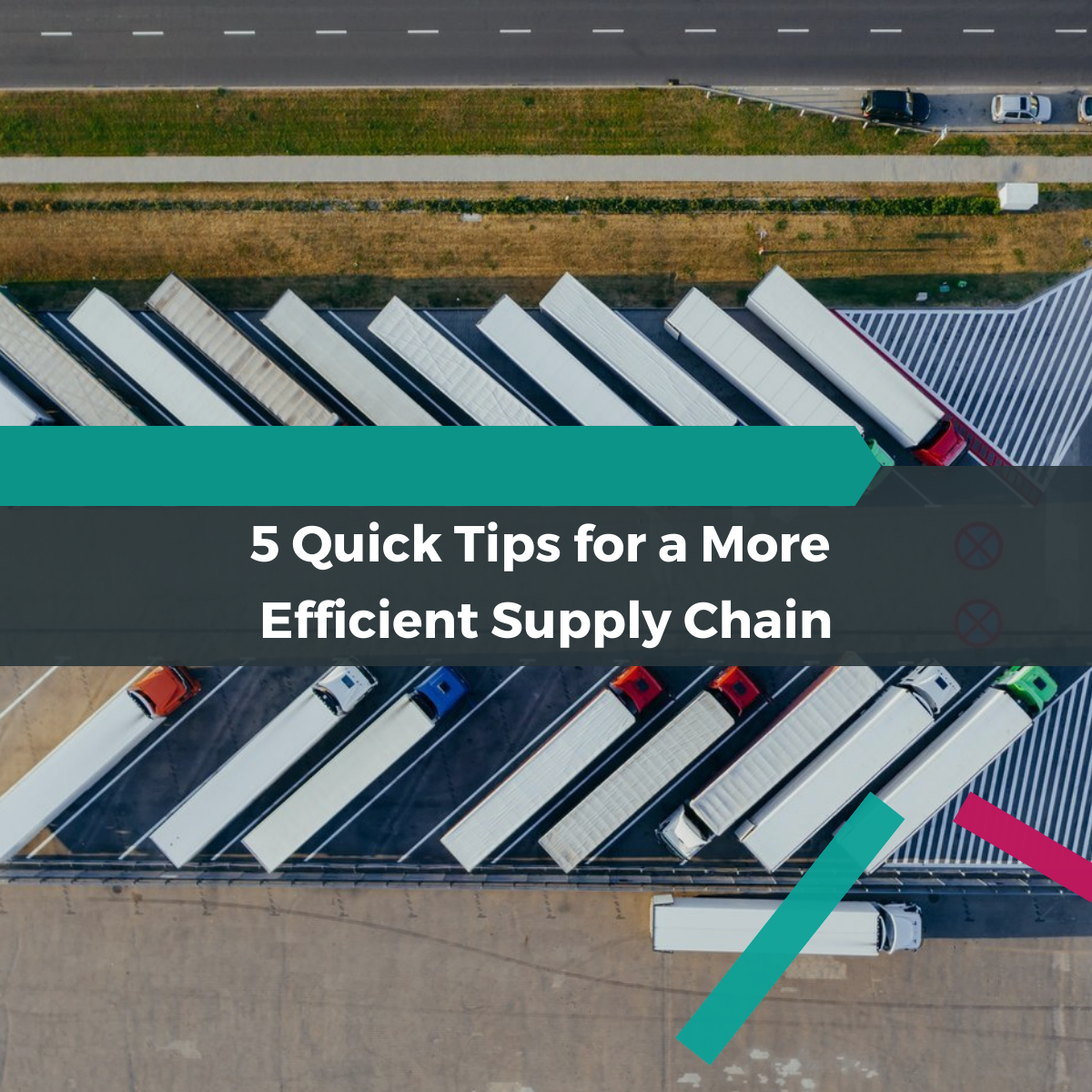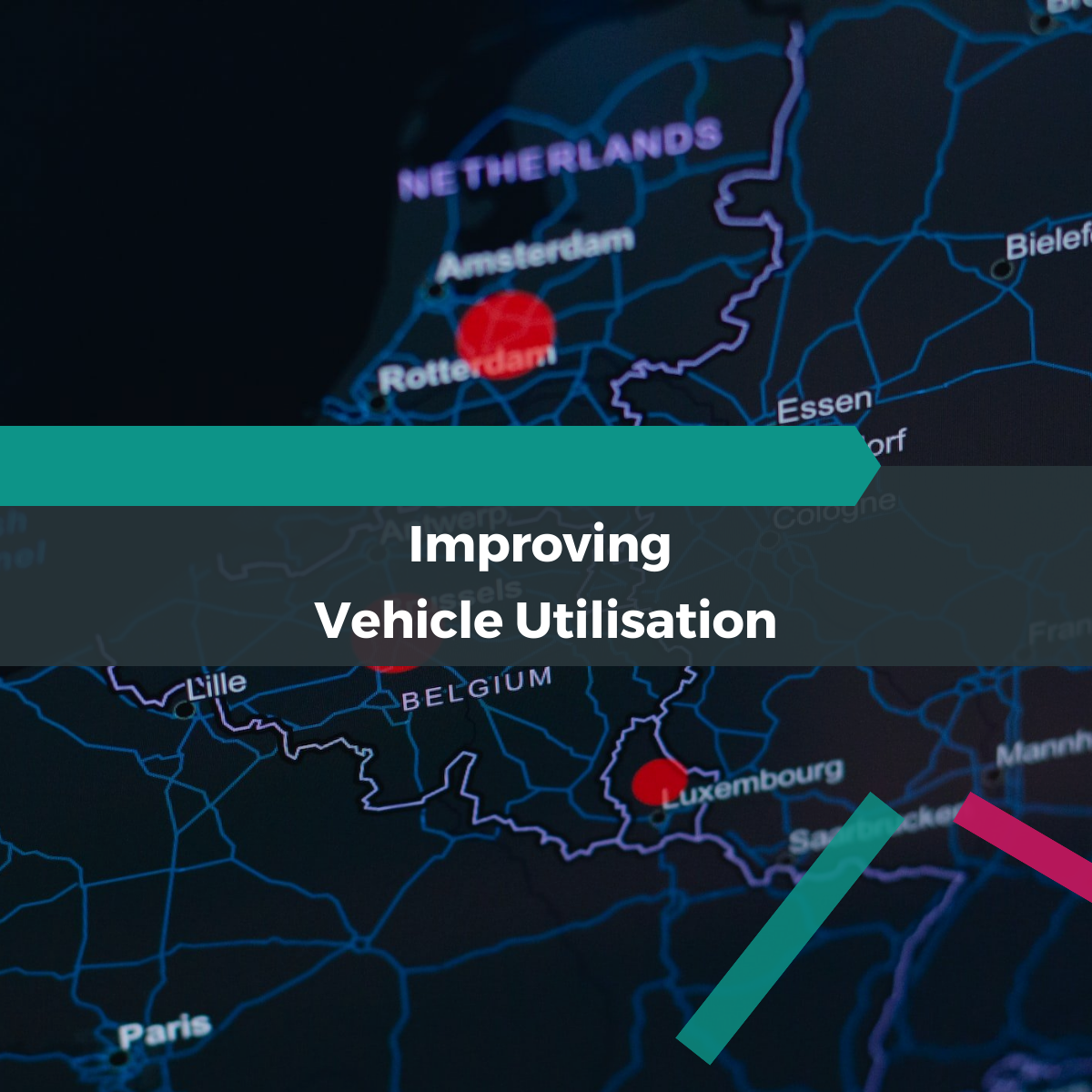Unsuitable for HGV Drivers: The Continuing Consequences of Subpar Facilities
In the UK, lorry drivers, who are responsible for sustaining essential operations, find themselves in facilities that hardly mirror their significance.
This situation not only affects their job satisfaction and well-being, but also perpetuates a deteriorating image of the industry and, of a government unwilling to invest in its workforce.
Further driver shortages loom as the industry grapples with the ongoing challenge of attracting people to the profession.
The issue is becoming increasingly prominent with data suggesting that truck drivers are ‘ageing-out’ - with the number of drivers that are closer to retirement vastly outnumbering those entering the industry.
Individuals surveyed for The International Road Transport Union report last year concluded the main measures governments could take to address the shortages were to improve the working conditions and the image of the profession, with these results mirrored in our own industry survey.

Investment in crucial infrastructure has remained lacklustre as the sector has endured years of underfunding due to inadequate government allocations. Across the UK, facilities are either non-existent or subpar - none will be receiving awards for excellence, that is for sure.
You’ll find dirty showers and toilets, overpriced food and lack of amenities that meet even basic standards of comfort and convenience. And the best part, all of this will generally cost upwards of £30 pound per night for a driver to park their lorry at these facilities.
However, don’t be fooled because this is not an industry standard. Driver facilities across Europe give a sense of luxury when put in comparison to those in the UK -
European facilities not only have much higher standards for basic amenities, but also include more inviting break areas and green spaces, in addition to providing higher quality food options generally, at discounted prices for drivers. And, unlike the UK they do not have to pay to park at these facilities.

Many drivers have spoken out saying they aren’t looking for luxury, simply somewhere safe to park with basic facilities that are at a reasonable standard.
With drivers required to take mandatory breaks and rest periods, building adequate roadside facilities would significantly improve their recovery.
This, first and foremost enhances the drivers well being, but also contributes to the overall safety of our roads, benefiting all of us.
In 2021 the sheer state of our facilities in the UK emerged as a headline topic, likely triggered by the driver shortages which had reached critical level after experiencing a sharp decline since the effects of Brexit and Covid-19 in 2020.
With the growing crisis and struggle to draw talent into the industry, questions as to why this was grew, with a spotlight placed on the unacceptable conditions of our facilities and how our drivers are treated.
Finally, in November last year, the UK Government acknowledged the issues facing the industry and announced a driver welfare scheme, providing match funding to support industry operators to improve HGV facilities. The grant promised up to £100 million combined investment from industry operators and the UK Government.
While this initiative aligns with industry needs and has been a long time coming, it is important to note the path from announcement to implementation, is often a lengthy one.
Bureaucratic hurdles, planning processes and implementation frequently cause delays, meaning it could take years before tangible changes are felt by drivers.
As these improvements gradually materialise, other facilities will likely deteriorate further. The slow pace of implementation threatens to exacerbate the problem and further undermine driver morale.

HGV drivers genuinely enjoy the role they play in the industry. The challenge is not so much in the job itself, but rather the unfavourable working conditions that drivers are forced to endure every day.
Unfortunately, as the wheels of progress turn relentlessly forward in other aspects of the industry, the facilities for drivers in transport and logistics still lag behind.
We have spoken to how tech can alleviate significant pressure from the growing driver shortages through the utilisation of resources, however, even as technology advances, the role of drivers remains crucial.
With underappreciated workers and driver shortages on the brink of critical, how dire must this situation get for it to stop being ignored?




























